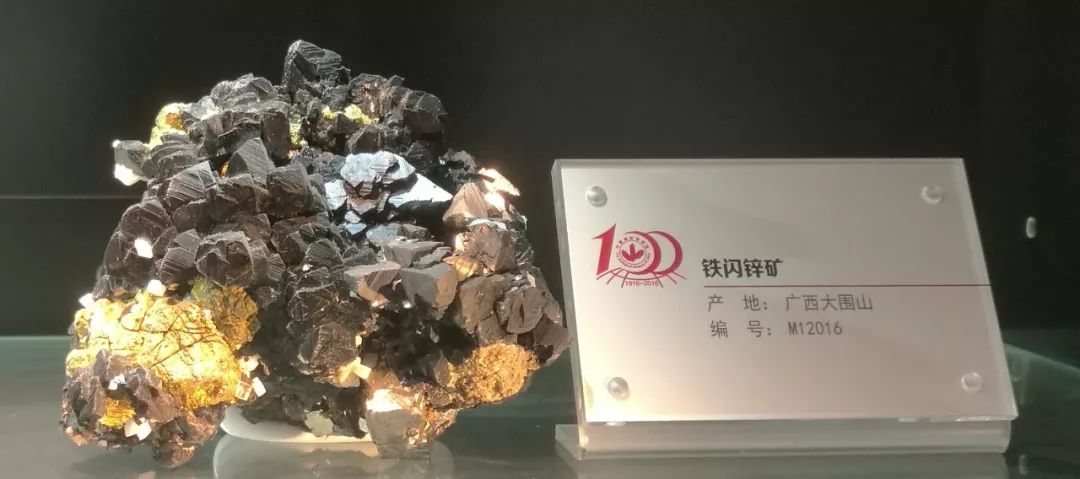C++核心准则C.33:如果类包含拥有所有权的指针成员,定义析构函数

C.33: If a class has an owning pointer member, define a destructor
C.33:如果类包含拥有所有权的指针成员,定义析构函数
 Reason(原因)
Reason(原因)
An owned object must be deleted upon destruction of the object that owns it.
从属对象必须通过拥有该对象的所有者类的析构函数销毁。
 Example(示例)
Example(示例)
A pointer member may represent a resource.A T* should not do so, but in older code, that's common. Consider a T* a possible owner and therefore suspect.
指针成员可能用于表达某个资源。T*不应该这么做,但是在旧一些的代码中,这种做法很常见。考虑到T*作为所有者使用的可能性,并确认。
template
class Smart_ptr {
T* p; // BAD: vague about ownership of *p
// ...
public:
// ... no user-defined default operations ...
};
void use(Smart_ptrp1)
{
// error: p2.p leaked (if not nullptr and not owned by some other code)
auto p2 = p1;}
Note that if you define a destructor, you must define or delete all default operations:
注意:一旦定义了析构函数,就必须定义或者禁止所有的默认操作。
 译者注:这里的默认操作指的是默认构造函数,拷贝/移动构造函数,拷贝/移动运算符和析构函数。
译者注:这里的默认操作指的是默认构造函数,拷贝/移动构造函数,拷贝/移动运算符和析构函数。template
class Smart_ptr2 {
T* p; // BAD: vague about ownership of *p
// ...
public:
// ... no user-defined copy operations ...
~Smart_ptr2() { delete p; } // p is an owner!
};
void use(Smart_ptr2 p1)
{
auto p2 = p1; // error: double deletion
} The default copy operation will just copy the p1.p into p2.p leading to a double destruction of p1.p. Be explicit about ownership:
默认拷贝操作只是将p1.p的值赋给p2.p(不包含其指向对象的拷贝),这会导致p1.p的双重析构。明确所有权:
template
class Smart_ptr3 {
owner p; // OK: explicit about ownership of *p
// ...
public:
// ...
// ... copy and move operations ...
~Smart_ptr3() { delete p; }
};
void use(Smart_ptr3 p1)
{
auto p2 = p1; // OK: no double deletion
}
 译者注:实际上并不是改变p的类型为owner就可以解决问题的。注意这段代码通过注释实现了拷贝和移动操作,而前一段代码没有。*>
译者注:实际上并不是改变p的类型为owner就可以解决问题的。注意这段代码通过注释实现了拷贝和移动操作,而前一段代码没有。*> Note(注意)
Note(注意)
Often the simplest way to get a destructor is to replace the pointer with a smart pointer (e.g., std::unique_ptr) and let the compiler arrange for proper destruction to be done implicitly.
一般来说,得到析构函数最简单的方式是将指针换成智能指针(例如std::unique_ptr)并且让编译器提供适当的隐式执行的析构动作。
 Note(注意)
Note(注意)
Why not just require all owning pointers to be "smart pointers"? That would sometimes require non-trivial code changes and may affect ABIs.
为什么不简单地要求所有的所有者指针都变成“智能指针”?因为那样做有时会引起重大的代码变更并且影响二进制接口。
 Enforcement(实施建议)
Enforcement(实施建议)
A class with a pointer data member is suspect.
带有指针类型数据成员的类都是可疑的。
A class with an owner
should define its default operations. 拥有owner
成员的类应该定义默认操作。
 译者注:owner的定义就是T,只是在源代码层次上增加了信息量,方便读者理解和工具检查。编译器看起来和之前的T没有任何区别,因此在二进制生成物层面上没有变化,这样就保证了既有代码可以安全地引入这种做法。
译者注:owner的定义就是T,只是在源代码层次上增加了信息量,方便读者理解和工具检查。编译器看起来和之前的T没有任何区别,因此在二进制生成物层面上没有变化,这样就保证了既有代码可以安全地引入这种做法。 原文链接:
原文链接:
https://github.com/isocpp/CppCoreGuidelines/blob/master/CppCoreGuidelines.md#c33-if-a-class-has-an-owning-pointer-member-define-a-destructor
觉得本文有帮助?请分享给更多人。
关注【面向对象思考】轻松学习每一天!
面向对象开发,面向对象思考!
